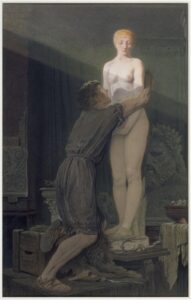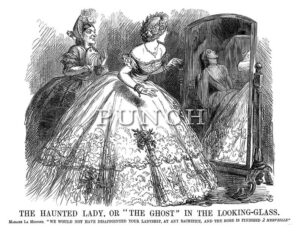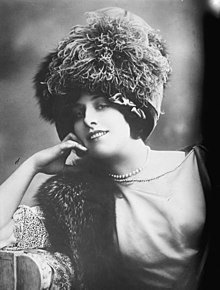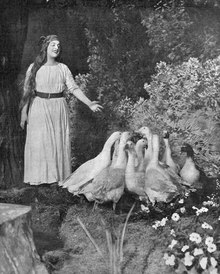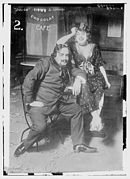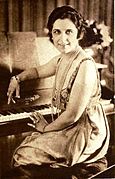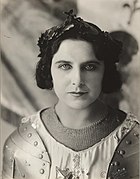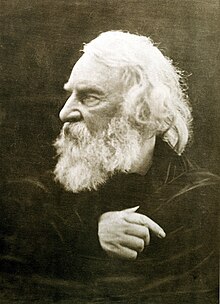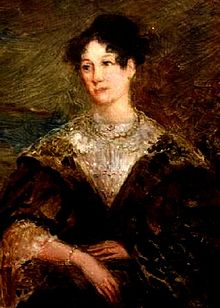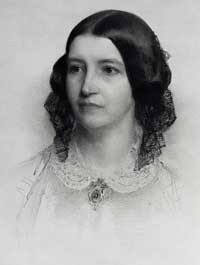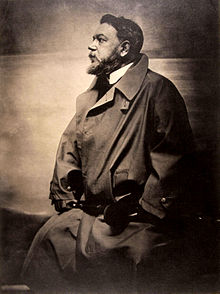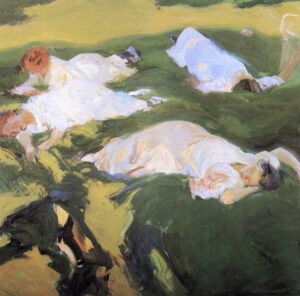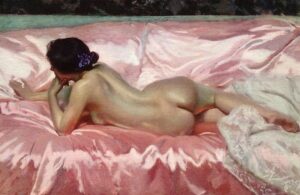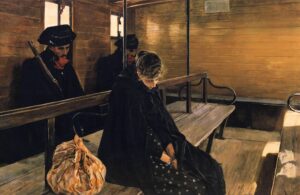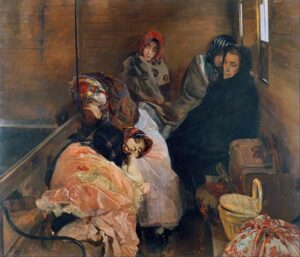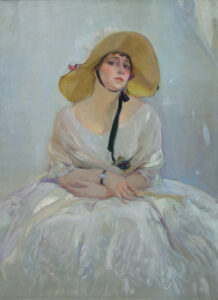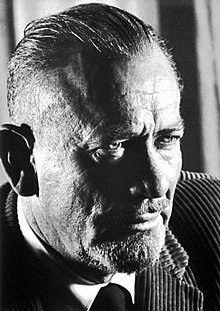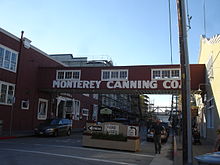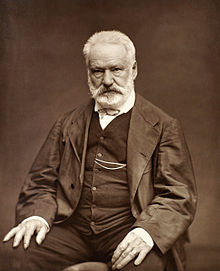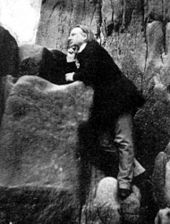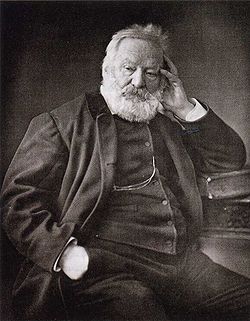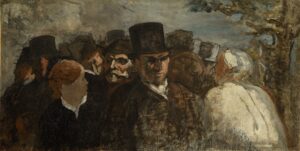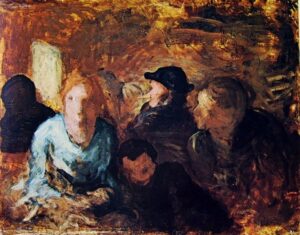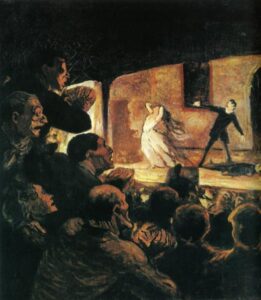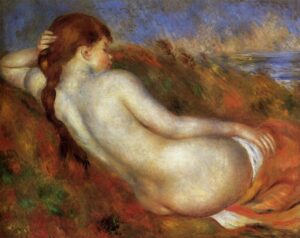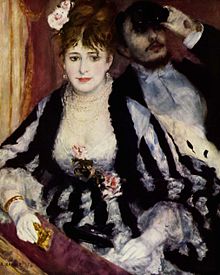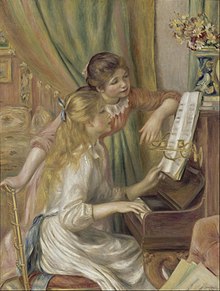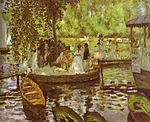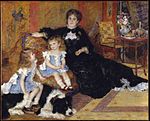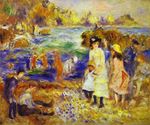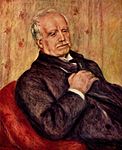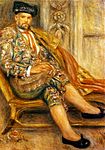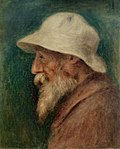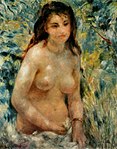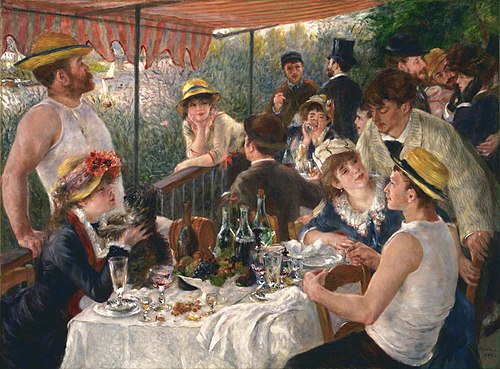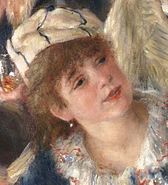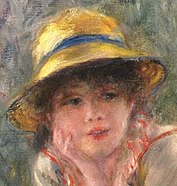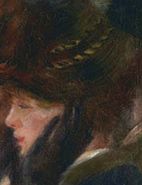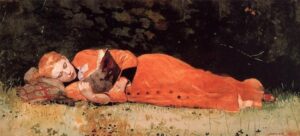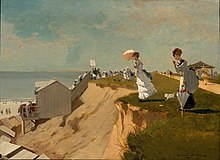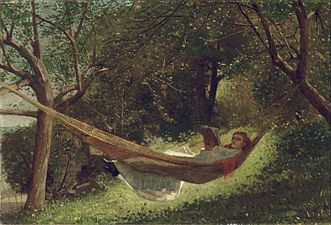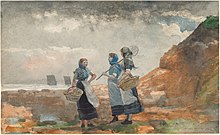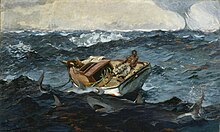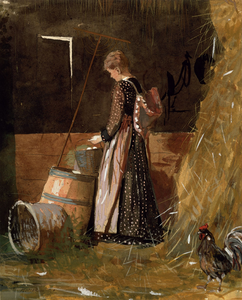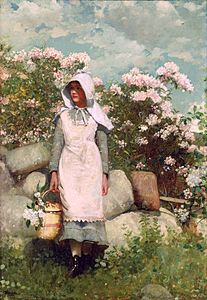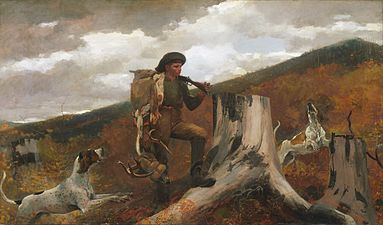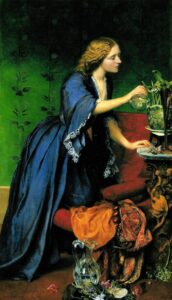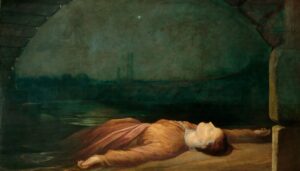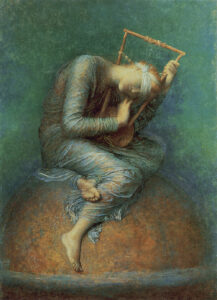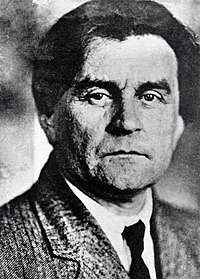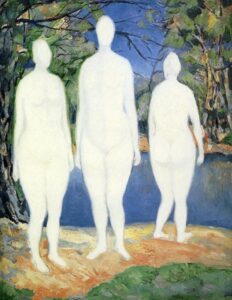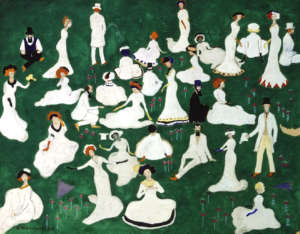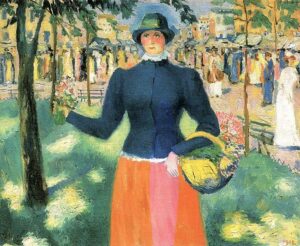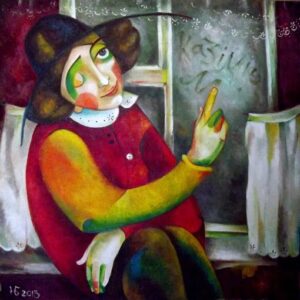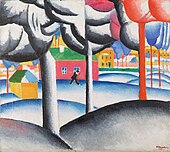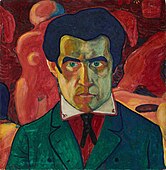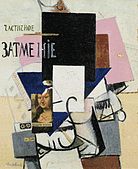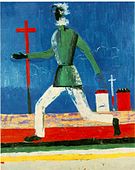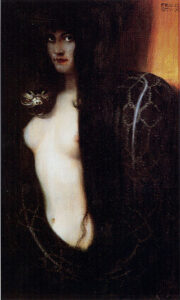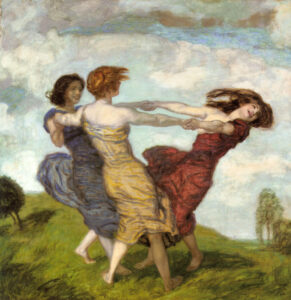Dear Zazie, Here is today’s Lovers’ Chronicle from Mac Tag. What are you searchin’ for? Rhett
The Lovers’ Chronicle
Dear Muse,
that is what this
could all be about
“Your quest”
inspiration came from
the Nicholas Evans book
The Smoke Jumpers
“I haven’t read that one”
i was struck by the similarities
between myself and the main character
and there is plenty of beauty and sadness
to go around
“Right in your wheelhouse”
just glad my searchin’ ended in you
© copyright 2023 mac tag/cowboycoleridge all rights reserved
© copyright 2021 mac tag/cowboy coleridge all rights reserved
© copyright 2020 mac tag/cowboy coleridge all rights reserved
readin’ poems out loud
close the notebook
and sigh
those blue eyes,
have a way of pullin’ in
and holdin’ and feelin’
not so hopeless and alone
always amazed at this ability
to so freely express and to
explore many depths
the words just start comin’
it is all that can be done
to write ’em down
“Why are you so fascinated
with sad poetry and sad songs?”
it is a search
always has been, at first
for wine, women, and words
and hope
(it is late, too late)
but now
there is no more
foolin’ myself
(and there is no
redemption)
the search
is for what can be
felt the most
© copyright 2019 mac tag/cowboy coleridge all rights reserved
wakin’ up to first light
streamin’ across my bed
stayed up too late
but still not able
to sleep in
not been able
to sleep late
for a long time
-“You do what you gotta do
You do everything you can”-
lay there for awhile
enjoyin’ the feelin’,
warm under the covers
breathin’ the chilly air
in my room
-“He’s goin’ out”-
sound of a train
rollin’ through town
in the distance
and the whistle,
wait for it,
there it is
-“I wanna fly away”-
sortin’ through the remnants
of last night’s words, thoughts,
-this need for solitude,
this need for a touch-
the musical streams,
-“I’m gonna stop wastin’ time”-
the visions, that remind
of what was,
what shoulda been,
what could be
-“The glory of love
might see you through”-
the taste of Sambuca
lingers,
and the memories
-another train-
would it not be
so nice, to share
this with you
-“There’s a bit of magic in everything
And then some loss to even things out”-
knowin’ now,
would it help,
would it make a difference
-“Oh, such a perfect day”-
© copyright 2018 mac tag/cowboy coleridge all rights reserved
This one began as a vignette I sent you about a year ago. Today I turned it into a poem. Hope you like……
Searchin’
He finished reading his latest poem to her and handed her his notebook. She took it and read the poem. Letting it sink in. He sipped his coffee, a latte with an extra shot, and watched her and waited. She finished and closed the notebook, handed it back to him, and sighed. She looked at him. Those blue eyes had a way of pulling him in and holding him and making him feel not so hopeless.
She spoke, “Well, two things never cease to amaze me. Your ability to so freely express yourself and your ability to explore so many depths of sadness.”
“I know, sorry about that, but as I have told you, the words just start comin’ out and all I do is write ’em down.”, he said.
“No don’t apologize”, she replied and continued “I think it is a good thing that you can be so expressive, but we really need to talk again about why.”
His pale blue eyes flashed a sly look at her, “About why you are so lovely and talented?”
She laughed, “Oh I saw that one coming Mr. Charm!” Now they both laughed.
“M’lady knows me too well.”
“That’s right Cowboy and don’t forget it and don’t try to charm your way out of this. What is it with this fascination you have with sad poetry and unrequited love? What with the day in history stories you have sent me and all these sad poems and reading Bridges again, what’s next? I suppose you’re going to tell me that you’re going to read The Horse Whisperer again?”
“Well, actually……”
“See! Come on, what is it?.”
“Alright, alright. Calf-rope! Calf-rope!”
Her puzzled expression asked the question before she did, “Calf-rope?”
“Yeah, a cowboy term. It means I give up.”
“Good, so let’s hear it.”
“I am on a search”. He paused.
“A search? A search for what?”
“Well, I have always said my life has been a search for wine, women, and words. But, I have become more and more aware that there was sumpthin else. At, first I thought it was hope, but I was just kiddin’ myself. And then one day, there it was.”
“What?”
“I am on a search for mirrors of my own sadness.”
Searchin’
Finished readin’ his latest poem
To her, then gave her his notebook
She took it and she read the poem
She finished and closed the notebook,
Handed it back to him, and sighed
She looked at him. Those eyes. Those eyes
Had a way of pullin’ him in
And holdin’ him and makin’ him
Feel not so hopeless and alone
She said she was always amazed
At his ability to so
Freely express himself and to
Explore many depths of sadness
He said the words just start comin’
And all he does is write ’em down
She asked did he ever wonder
Why he was so fascinated
With sad poetry and sad songs
Well, he said, he was on a search
He said his life had always been
A search for wine, women, and words
But lately he had become more
Aware that there was somethin’ else
At, first he thought that it was hope
But he was just kiddin’ himself
Then one day, there it was; he knew
He was searchin’ for, a mirror
A mirror of his own sadness
© copyright 2013 mac tag/Cowboy Coleridge All rights reserved.
The Song of the Day is “Searching” by INXS. We do not own the rights to this song. All rights reserved by the rightful owner. No copyright infringement intended.
Today is the birthday of Fra’ Galgario, also called Fra’ Vittore del Galgario, (Giuseppe Vittore Ghislandi; Bergmo 4 March 1655 – December 1743 Bergamo); painter, mainly active in Bergamo as a portraitist during the Rococo or late-Baroque period.

Galleria d’immagini
-

Ritratto di donna anziana
Museo Statale di Amsterdam -

Ritratto di ragazzo
Museo statale Ermitage -
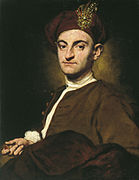
Ritratto di un orafo
Museo Thyssen-Bornemisza -

Ritratto di giovane sacerdote
Massimo Listri (Chantilly) -
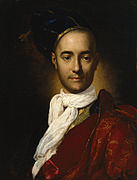
Ritratto di giovane nobile
Walters Art Museum -

Ritratto di gentiluomo
Pinacoteca di Brera -

Ritratto di Elisabetta Piavani Ghidotti
Accademia Carrara, Bergamo -

Ritratto del conte Giovanni Battista Vailetti
Gallerie dell’Accademia, Venezia -

Ritratto di Francesco Maria Bruntino
Accademia Carrara, Bergamo -

Ritratto di Giovanni Secco Suardo e del suo servo
Accademia Carrara, Bergamo
Henry Raeburn (4 March 1756 – 8 July 1823); portrait painter. He served as Portrait Painter to King George IV in Scotland.
In 1812 he was elected president of the Society of Artists in Edinburgh; and in 1814 associate, and in the following year full member, of the Royal Scottish Academy. On 29 August 1822 he received a knighthood during the visit of King George IV to Scotland and appointed His Majesty’s limner for Scotland at the Earl of Hopetoun house.
Raeburn had all the essential qualities of a popular and successful portrait painter. He was able to produce a telling and forcible likeness; his work is distinguished by powerful characterisation, stark realism, dramatic and unusual lighting effects, and swift and broad handling of the most resolute sort. David Wilkie recorded that, while travelling in Spain and studying the works of Diego Velázquez, the brushwork reminded him constantly of the “square touch” of Raeburn. Scottish physician and writer John Brown wrote that Raeburn “never fails in giving a likeness at once vivid, unmistakable and pleasing. He paints the truth, and he paints it with love”.
Raeburn has been described as a “famously intuitive” portrait painter. He was unusual amongst many of his contemporaries, such as Reynolds, in the extent of his philosophy of painting directly from life; he made no preliminary sketches. This attitude partly explains the often coarse modelling and clashing colour combinations he employed, in contrast to the more refined style of Thomas Gainsborough and Reynolds. However these qualities and those mentioned above anticipate many of the later developments in painting of the 19th century from romanticism to Impressionism.
Sir Henry Raeburn died in St Bernard’s House Stockbridge, Edinburgh. He is buried in St. Cuthbert’s churchyard against the east wall (the monument erected by Raeburn in advance) but also has a secondary memorial in the Church of St John the Evangelist, Edinburgh.
Gallery
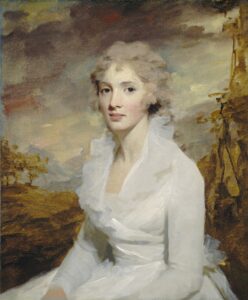
Miss Eleanor Urquhart, 1793
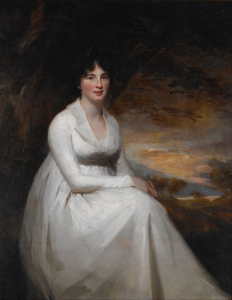
“La signora Macdowall”.
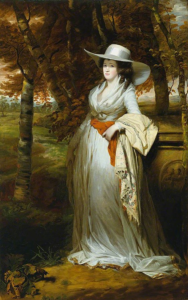
“La signora Downey”.
Mac Tag
Follow us on twitter @cowboycoleridge

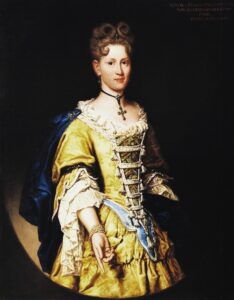

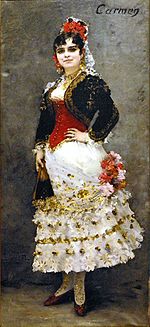




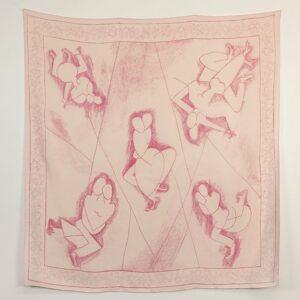
 Today is the birthday of Arnold Newman (Arnold Abner Newman; Manhattan; March 3, 1918 – June 6, 2006 Manhattan); photographer, noted for his “environmental portraits” of artists and politicians. He was also known for his carefully composed abstract still life images.
Today is the birthday of Arnold Newman (Arnold Abner Newman; Manhattan; March 3, 1918 – June 6, 2006 Manhattan); photographer, noted for his “environmental portraits” of artists and politicians. He was also known for his carefully composed abstract still life images.
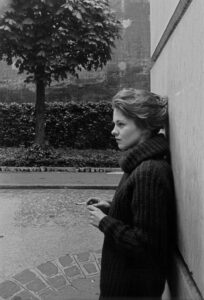

 And today is the birthday of James Merrill (James Ingram Merrill; New York City; March 3, 1926 – February 6, 1995 Tucson, Arizona); poet who was awarded the Pulitzer Prize for Poetry (1977) for Divine Comedies (1976). His poetry falls into two distinct bodies of work: the polished and formalist lyric poetry of his early career, and the epic narrative of occult communication with spirits and angels, titled The Changing Light at Sandover (published in three volumes from 1976 to 1980). Although most of his published work was poetry, he also wrote essays, fiction, and plays. He also made a cameo in the 1992 film Lorenzo’s Oil in a symposium scene where he played a questioning doctor.
And today is the birthday of James Merrill (James Ingram Merrill; New York City; March 3, 1926 – February 6, 1995 Tucson, Arizona); poet who was awarded the Pulitzer Prize for Poetry (1977) for Divine Comedies (1976). His poetry falls into two distinct bodies of work: the polished and formalist lyric poetry of his early career, and the epic narrative of occult communication with spirits and angels, titled The Changing Light at Sandover (published in three volumes from 1976 to 1980). Although most of his published work was poetry, he also wrote essays, fiction, and plays. He also made a cameo in the 1992 film Lorenzo’s Oil in a symposium scene where he played a questioning doctor.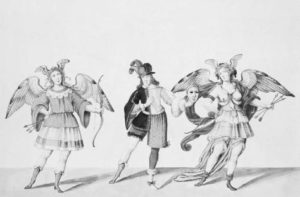
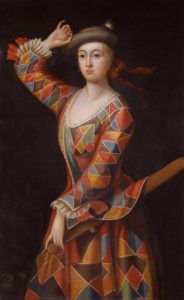
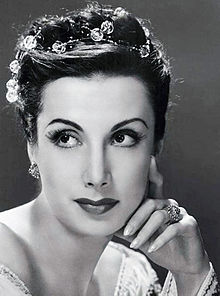

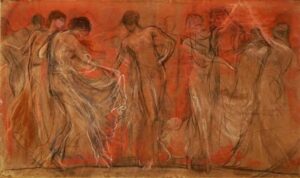













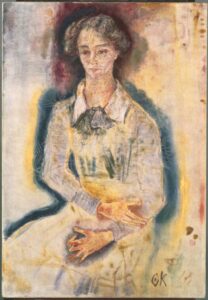
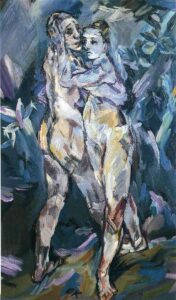
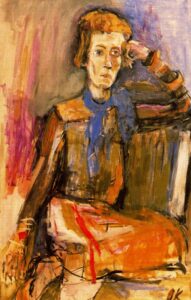

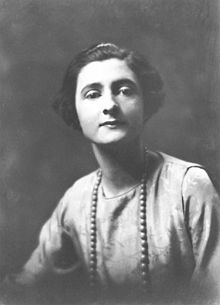
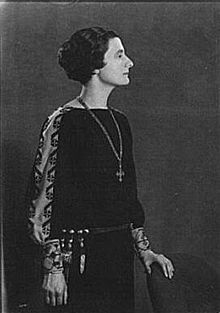
 And today is the birthday of Richard Wilbur (Richard Purdy Wilbur, New York City, March 1, 1921 – October 14, 2017 Belmont, Massachusetts); poet and literary translator. In my opinion, one of the foremost poets of his generation, Wilbur’s work, composed primarily in traditional forms, was marked by its wit, charm, and gentlemanly elegance. In 1987 he was appointed the second Poet Laureate Consultant in Poetry to the Library of Congress and he received the Pulitzer Prize for Poetry twice, in 1957 and again in 1989
And today is the birthday of Richard Wilbur (Richard Purdy Wilbur, New York City, March 1, 1921 – October 14, 2017 Belmont, Massachusetts); poet and literary translator. In my opinion, one of the foremost poets of his generation, Wilbur’s work, composed primarily in traditional forms, was marked by its wit, charm, and gentlemanly elegance. In 1987 he was appointed the second Poet Laureate Consultant in Poetry to the Library of Congress and he received the Pulitzer Prize for Poetry twice, in 1957 and again in 1989
